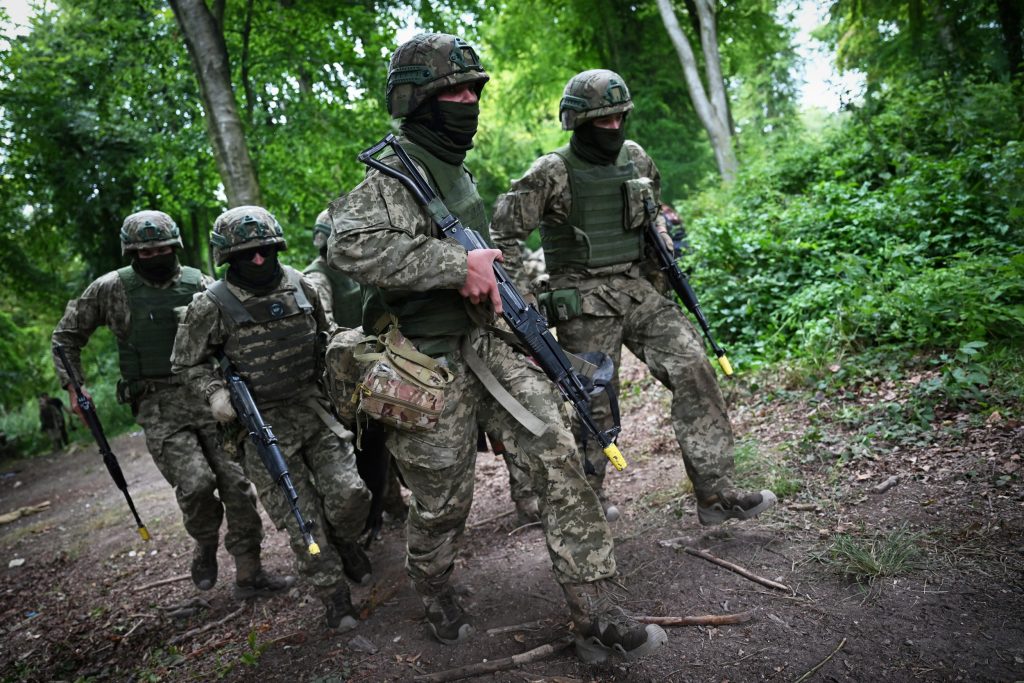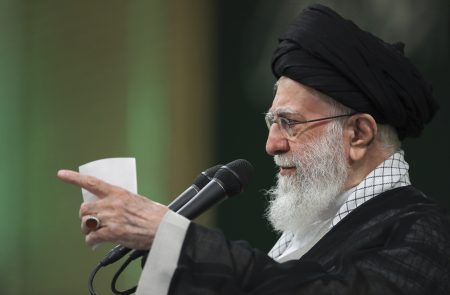Currently, Russian troops have intensified their counterattacks against Ukrainian forces in the Kursk region, where they have advanced into Kyiv’s salient. Kyiv reported capturing at least 500 square miles of territory in the Kursk oblast, raising concerns about the overstretching of Ukrainian forces. Russian gains were also noted in the Donetsk oblast. The Institute for the Study of War reported that Russian forces have pushed into the main Ukrainian salient and nearly eliminated the smaller Ukrainian salient in the Glushkovsky district.
Russian military bloggers mentioned that Moscow’s troops had surrounded Ukrainian troops in specific villages, but this information could not be confirmed. Andrii Kovalenko at Ukraine’s National Security and Defense Council dismissed claims of Russian gains, stating that the Russian plan in the Kursk Oblast had been thwarted so far, with Russian forces suffering significant losses in equipment. Despite the challenging situation, the Ukrainian forces are conducting stabilization efforts, although they have not yet regained full control over lost territory.
The ISW map of the area indicates that Russian advances occurred south and west of the town of Veseloye and north of Lyubimovka on recent dates. The Ukrainian open-source intelligence outlet DeepState UA stated that the situation in the Kursk region is difficult but under control. Ukrainian forces are still trying to stabilize the area, with difficulties faced in regaining full control due to significant enemy losses during the assault. It was noted that the worst situation may be in Lyubimovka, and the outcomes of the ongoing maneuver warfare need to be observed.
Russia’s current strategy in the Kursk region likely aims to push Ukrainian forces out before rainy autumn and winter weather arrives, making maneuvering difficult. Commander-in-Chief of the Armed Forces of Ukraine Oleksandr Syrskyi mentioned that Russia had deployed 50,000 troops to Kursk from other fronts, weakening their position in other parts of the Ukrainian battlefield like the Zaporizhzhia, Kherson, and Kramatorsk fronts. This tactic suggests an attempt to capitalize on the dry terrain conditions before weather conditions hamper military operations.
In summary, the conflict in the Kursk region between Russian and Ukrainian forces has intensified, with both sides facing losses and difficulties. Russian counterattacks have pushed into Ukrainian territory, leading to concerns about the overstretching of Ukrainian forces and the need for stabilization efforts. The strategic goals of both sides indicate a complex situation that may further escalate in the coming months, particularly as weather conditions change. The ongoing military maneuvers and battles in the region require careful monitoring to assess the evolving situation and potential outcomes for both parties involved in the conflict.













